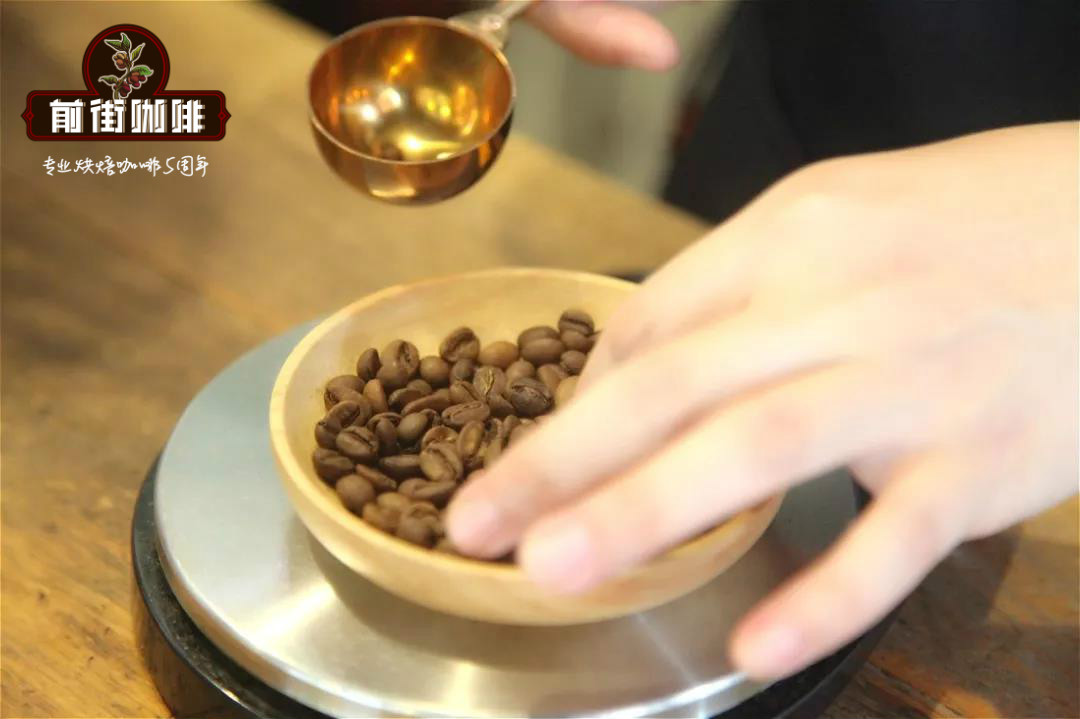Karita extract Indian Malaba has the flavor of plum acid, cocoa, nut and cream.

Professional coffee knowledge exchange more coffee bean information please follow the coffee workshop (Wechat official account cafe_style)
Coffee production in Asia is second only to Central and South America. Indonesia has always been the largest coffee producer in Asia, but this situation has changed greatly in recent years. With the assistance of the World Bank, Vietnam's production expanded rapidly and officially squeezed out of Indonesia in 1999 to become the largest coffee producer in Asia. However, Vietnam mainly pulls beans, which does not belong to the category of boutique coffee. In 2007, Wannan produced 957000 tons of coffee beans, making it the largest coffee producer in Asia and the second largest coffee producer in the world. Indonesia produced 420000 tons of coffee beans in the same year, ranking second in Asia. India produces 291000 tons of curry beans, making it the third largest producer in Asia. The mellow thickness of Asian coffee is higher than that of Central and South America and Africa, but the sour taste is lower, with slightly sinking, herb, spice and earthy flavor, and the low and stuffy aroma is higher than the rising sour flavor.
Indian coffee is grown mainly in the areas from the Western Gaozhi Mountains in southern India to the Arabian Sea, with coffee sold under the names of Maiso and Malaba.
Monsoon Malaba is a unique kind of coffee in India. Because of the coffee beans exported from the coast of Malaba to Europe at that time, the appearance and taste of the raw beans were changed after being hit by the sea breeze for a long time. And become a taste that Europeans are accustomed to and like.
This later became a special method of handling coffee beans. After the coffee beans were harvested, they were especially placed in the wet monsoon for a few months, so that they turned yellow and white and reduced acidity, that is, the monsoon Monsooned Malabar we bought.
Karita extract Malaba, India
Parameters: grindability BG 5R (Chinese standard No. 20 sieve pass rate 58%), ratio of powder to water 1:13, water temperature 85 ℃, extraction time one minute and 30 seconds.
Technique: use 15 grams of powder, the ratio of powder to water is 1:10, steam 30 grams of water for 30 seconds, slowly inject water to 120g, end when injecting water to 150g, remove the filter cup and then pour 45g of water into the coffee liquid.
Flavor: the palate has a hint of sour plum notes, cocoa, nut and cream flavor, with obvious wheat tea and Xuanmi tea at the end.
Important Notice :
前街咖啡 FrontStreet Coffee has moved to new addredd:
FrontStreet Coffee Address: 315,Donghua East Road,GuangZhou
Tel:020 38364473
- Prev

What is the treatment of Alida Manor coffee beans? What is the effect of treatment on the quality of coffee?
Professional coffee knowledge exchange more coffee bean information please follow the coffee workshop (Wechat official account cafe_style) the Pokuit producing area of the province of Chiriki, the western border province of Panama, the most famous landmark and tourist attraction of the province is the Baru volcano, which is 3300 meters above sea level, which is one of the highest volcanoes in Central America, with a total area of about 14000 hectares, which can be divided by altitude.
- Next

Costa Rican Coffee Central American Coffee growing area Central Valley
Professional coffee knowledge exchange more coffee bean information please follow the coffee workshop (Wechat official account cafe_style) Costa Rica is located in the Central American Isthmus Costa Rica is controlled by Pacific and Atlantic currents and sea breeze, and the multi-volcanic coffee berries are able to grow slowly in the fertile volcanic ash soil and high altitude environment.
Related
- Does Rose Summer choose Blue, Green or Red? Detailed explanation of Rose Summer Coffee plots and Classification in Panamanian Jade Manor
- What is the difference between the origin, producing area, processing plant, cooperative and manor of coffee beans?
- How fine does the espresso powder fit? how to grind the espresso?
- Sca coffee roasting degree color card coffee roasting degree 8 roasting color values what do you mean?
- The practice of lattes: how to make lattes at home
- Introduction to Indonesian Fine Coffee beans-- Java Coffee producing area of Indonesian Arabica Coffee
- How much will the flavor of light and medium roasted rose summer be expressed? What baking level is rose summer suitable for?
- Introduction to the characteristics of washing, sun-drying or wet-planing coffee commonly used in Mantenin, Indonesia
- Price characteristics of Arabica Coffee Bean Starbucks introduction to Manning Coffee Bean Taste producing area Variety Manor
- What is the authentic Yega flavor? What are the flavor characteristics of the really excellent Yejasuffi coffee beans?

